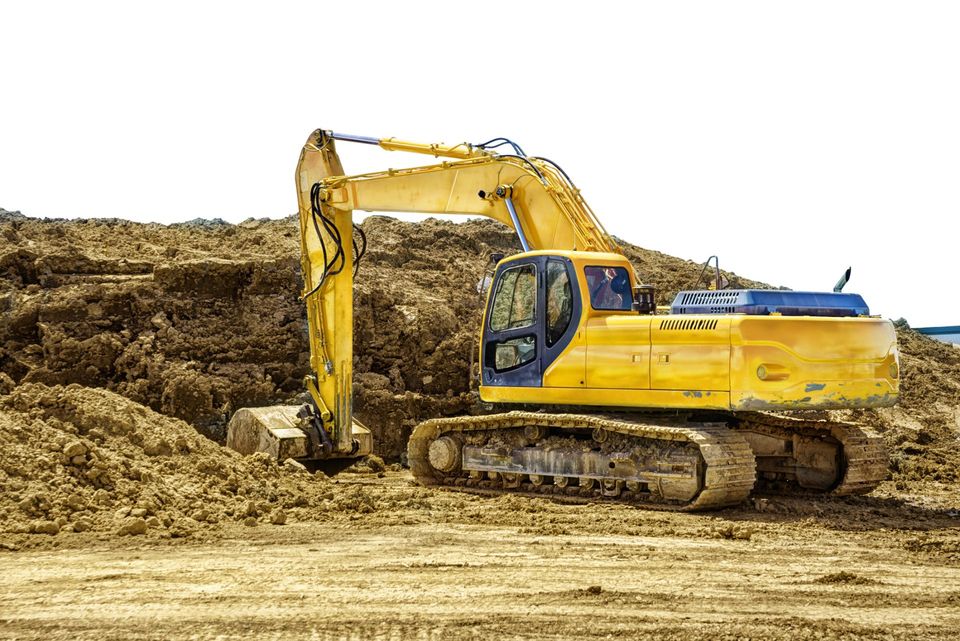OSHA TRENCHING & EXCAVATION SAFETY TRAINING FOR “TRENCHING COMPETENT PERSON”
Trenching and excavation training from SEA gives your company the information needed for personal safety protection and OSHA required guidelines while working in dangerous areas.

The SEA trenching and excavation training program for safety and the competent person ensures that your employees have the information that they need to work in dangerous construction areas. OSHA’s excavation definition refers to any human created cavity, channel or depression that requires workers to remove sections of the earth’s surface while the agency describes a trench as a narrow underground dig site. Under that definition, many OSHA guidelines must be followed, and without the proper training, violations can turn into costly penalties or employee injuries.

f you think PFAS regulation is someone else’s problem, think again. The regulatory environment around per- and polyfluoroalkyl substances is shifting rapidly, and safety, environmental, and operations teams are squarely in the crosshairs. Rather than scrambling when the deadlines arrive, your best strategy is to act early.

Halloween might be the season for ghost stories and haunted houses, but for safety and environmental professionals, the real nightmares happen at work. From unseen hazards to data disasters, these frights are all too real. At SEA, we help EHS managers conquer their fears — and their risks — with smart, proactive solutions that turn horror stories into success stories.

Every year, OSHA releases its list of the most frequently cited workplace safety standards. While the names change little from year to year, the numbers tell a story: employers continue to struggle with the same hazards—falls, hazardous chemicals, and machine safety. Understanding these violations is the first step in preventing costly citations and protecting workers.
